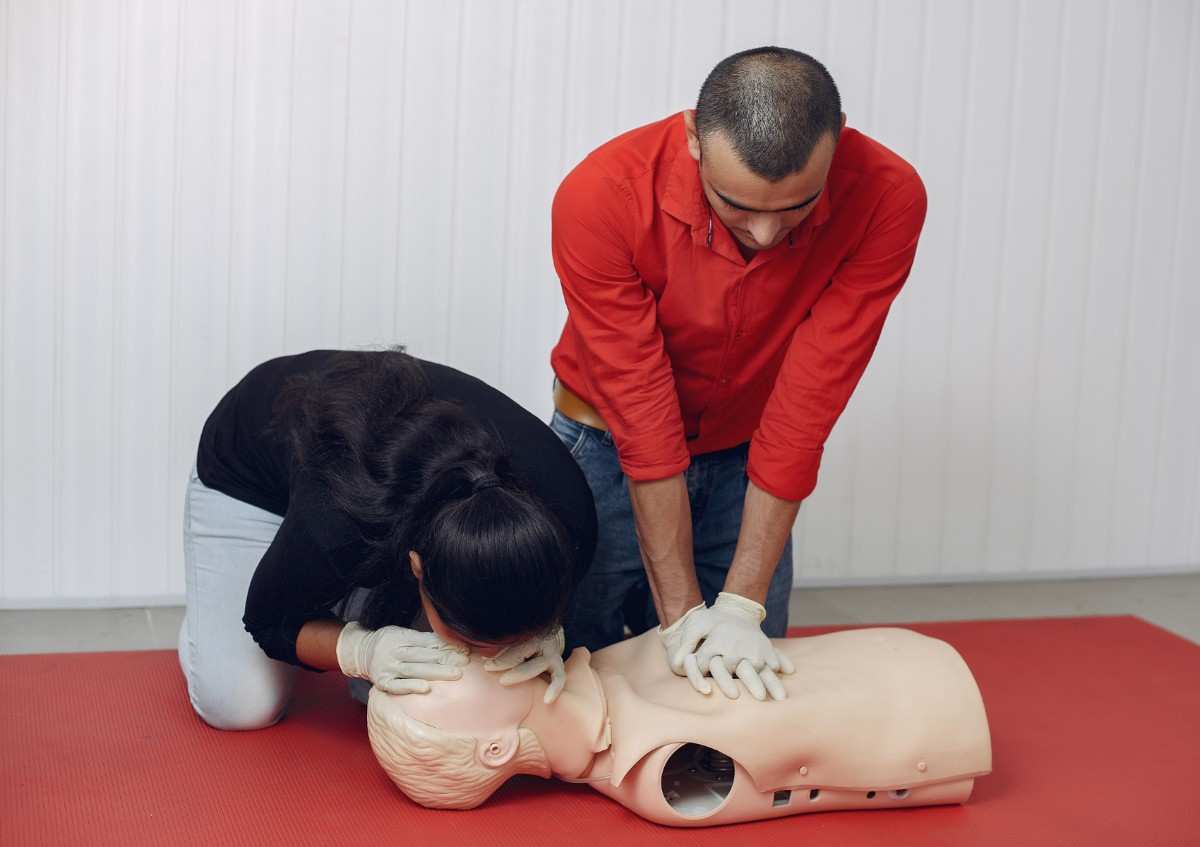"Did you know? One in four people will experience a stroke during their lifetime, but through immediate action, death and disability can be prevented," the World Stroke Organization reports.
A stroke is an emergency situation when the supply of blood to some part of the brain becomes impaired or cut down, stopping oxygen and nutrition for brain tissues. Brain tissues start dying off within minutes. Hence, learning to recognize signs of a stroke is important, along with acting rapidly in order to preserve lives as well as prevent subsequent damage.
If you are looking for stroke warning signs that you cannot afford to ignore, this blog will take you through the typical signs, risk factors, and why timely medical intervention is important.
Survival from a stroke and mitigating its impacts depend on early diagnosis and urgent medical care. The most prevalent and earliest signs of a stroke are as listed below:
1. Sudden Numbness or Weakness
• Numbness, weakness, or paralysis of one side of the body — the face, arm, or leg.
• If your face is drooping on one side or if you cannot lift both arms high, this is a stroke.
2. Trouble with Speaking or Words
• Slurred words, confusion, or difficulty understanding others.
• The individual may not be able to speak or communicate properly.
3. Sudden Vision Change
•Blurred, double, or black vision in either one or both eyes.
•Sudden vision problems may be the first sign of a stroke.
4. Loss of Balance or Coordination
•Sudden dizziness, loss of balance, or trouble walking.
•If a person stumbles or loses coordination unexpectedly, it might be a stroke.
5. Severe Headache without Cause
•A severe headache without a clear reason, often with vomiting or a change in consciousness.
If you see any of these symptoms, don't hesitate—call emergency services right away. Use the FAST mnemonic to identify a stroke:
•F—Face: Have them smile. Is one side of their face drooping?
•A – Arms: Have them raise both arms. Is one arm falling?
•S – Speech: Have them repeat a single sentence. Are their words slurred or muddled?
•T – Time: If you have any of these, dial emergency services immediately.
There are factors that increase the risk of stroke, and having knowledge about them can avoid them:
1. High Blood Pressure (Hypertension)
Thenumber one reason for strokes. It is vital to keep your blood pressure under control.
2. Heart Diseases
Atrial fibrillation, heart failure, and irregular heartbeat are the conditions that enhance the risk of stroke.
3. Diabetes
High blood sugar harms blood vessels, increasing the risk of stroke.
4. High Cholesterol
Increased levels of bad cholesterol (LDL) can clog blood vessels.
5. Smoking and Alcohol
Smoking harms blood vessels and increases blood pressure. Excessive alcohol consumption also raises risk.
6. Obesity and Physical Inactivity
Excess weight and lack of physical activity raise the risk of developing conditions related to stroke.
7. Family History
If family members have strokes, your risk is increased.
By controlling these risk factors by adopting a healthy lifestyle and routine medical check-ups, you can minimize the possibility of a stroke.
We hope that this blog will be helpful in getting the information you need regarding the early signs of stroke and the risk factors you should be aware of. Stroke is a life-threatening medical condition, but with early recognition and swift action, lives can be saved and long-term disability can be prevented.
If you or anyone around you is experiencing signs of a stroke, respond immediately and seek urgent medical attention — every second counts when it comes to stroke treatment.
For more details on stroke prevention, diagnosis, and treatment, you can reach out to ANS Hospital or consult an accredited healthcare expert or stroke specialist near you.
 Innovations in Pediatric Surgery: A Look at Modern Techniques
Innovations in Pediatric Surgery: A Look at Modern Techniques
 Understanding Critical Care: When is ICU Admission Necessary?
Understanding Critical Care: When is ICU Admission Necessary?
 The Benefits of Nanotechnology in Reducing Knee Replacement Recovery Time
The Benefits of Nanotechnology in Reducing Knee Replacement Recovery Time
 CPR in Trauma Cases: Why It's Critical for Survival Before Hospital Care
CPR in Trauma Cases: Why It's Critical for Survival Before Hospital Care